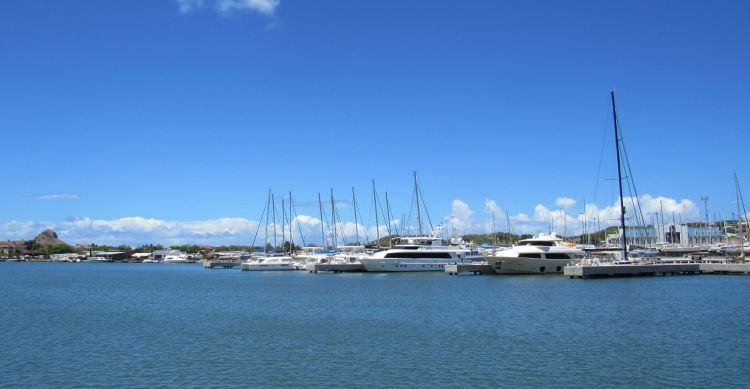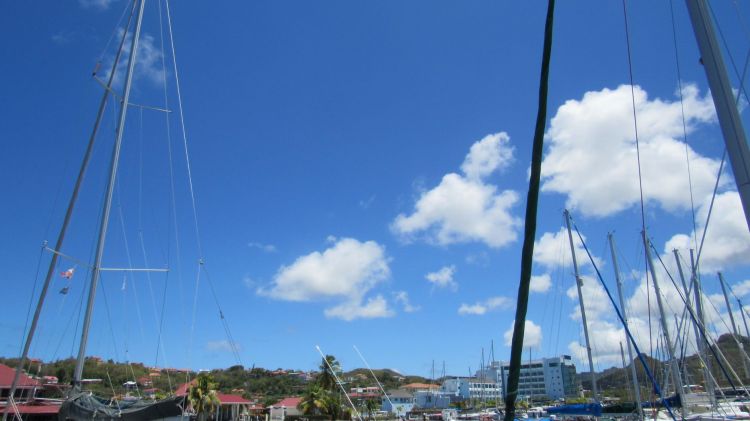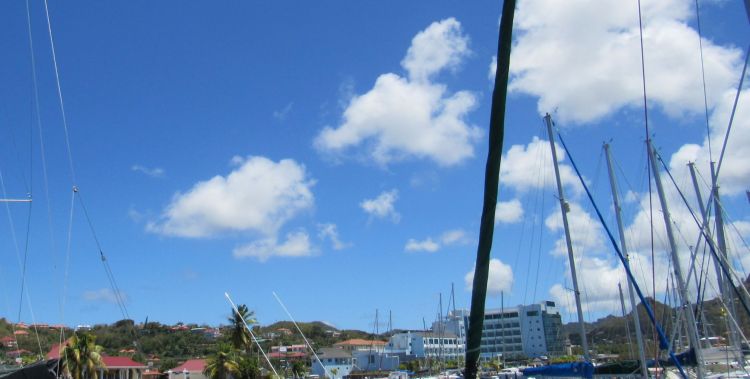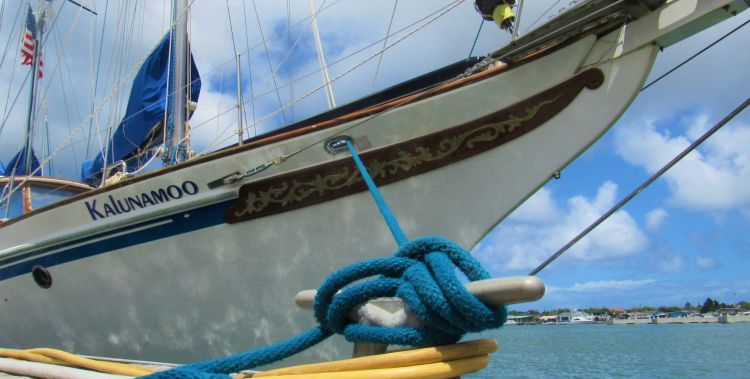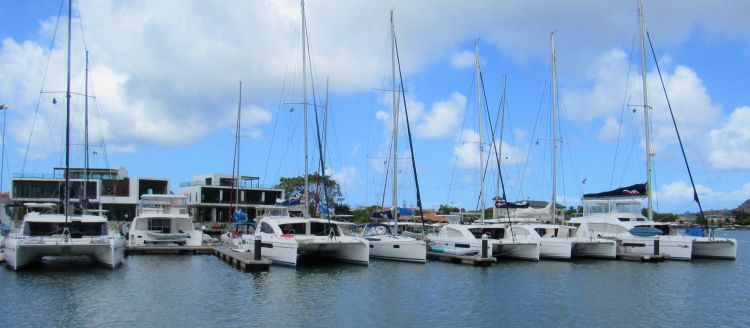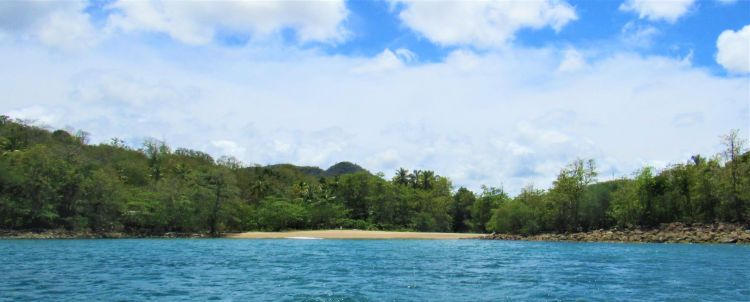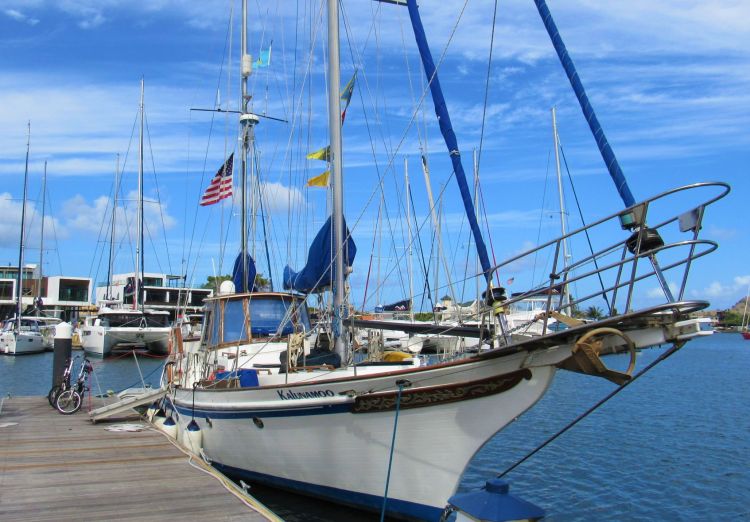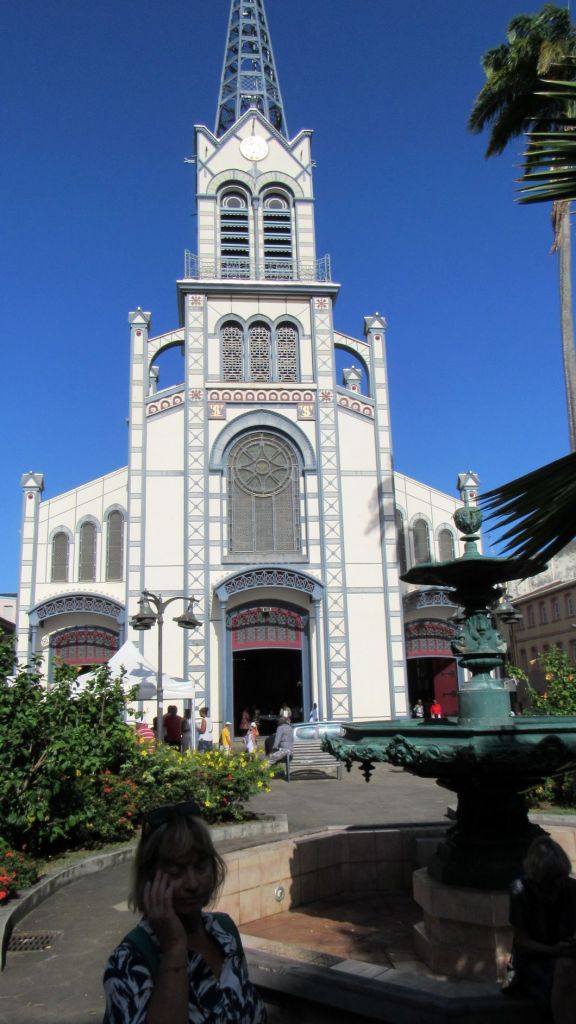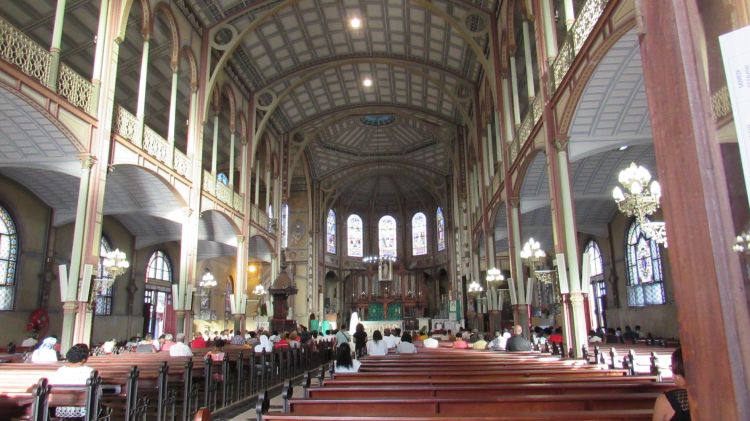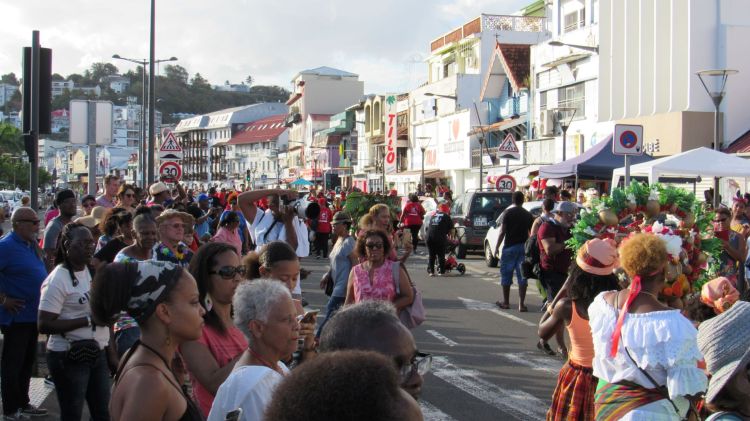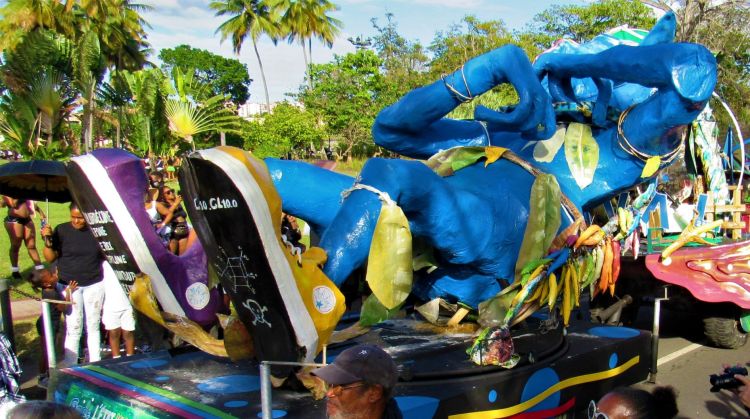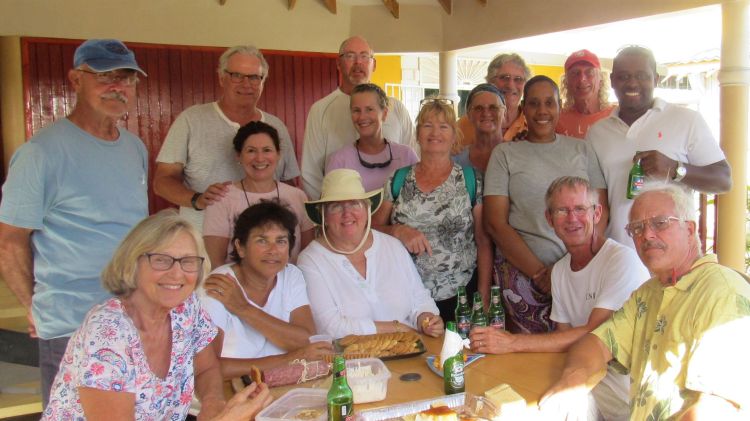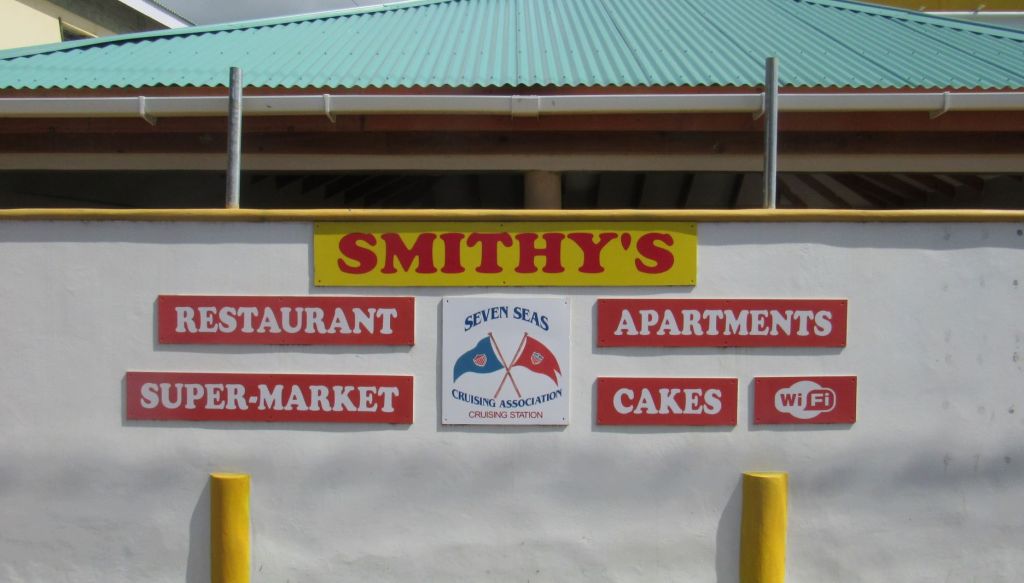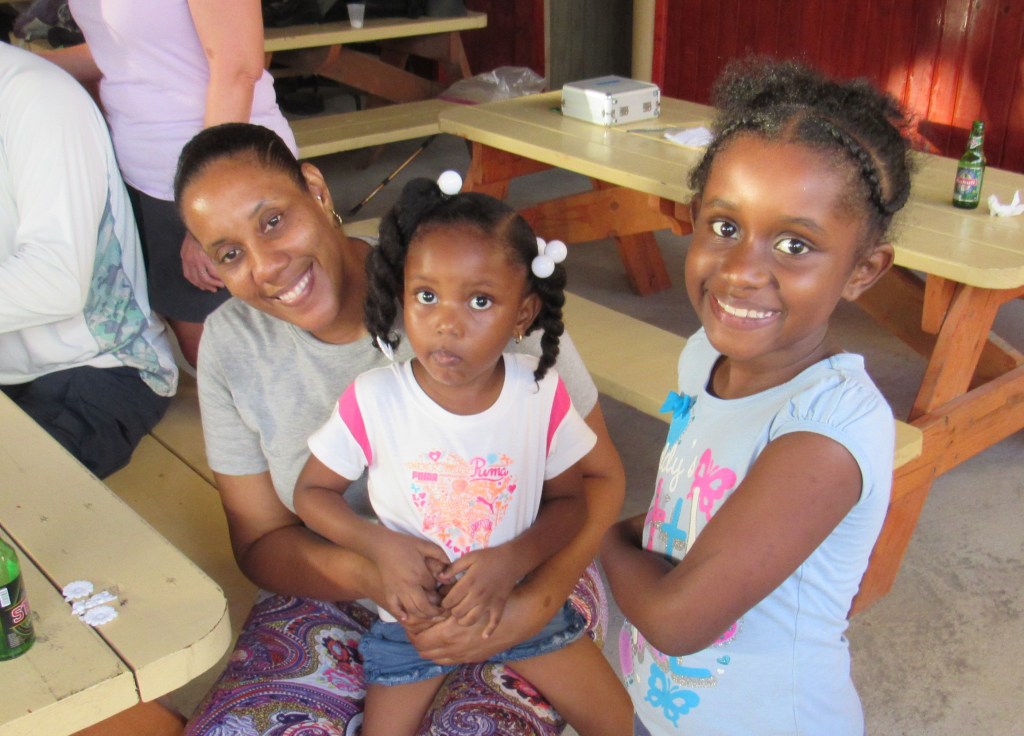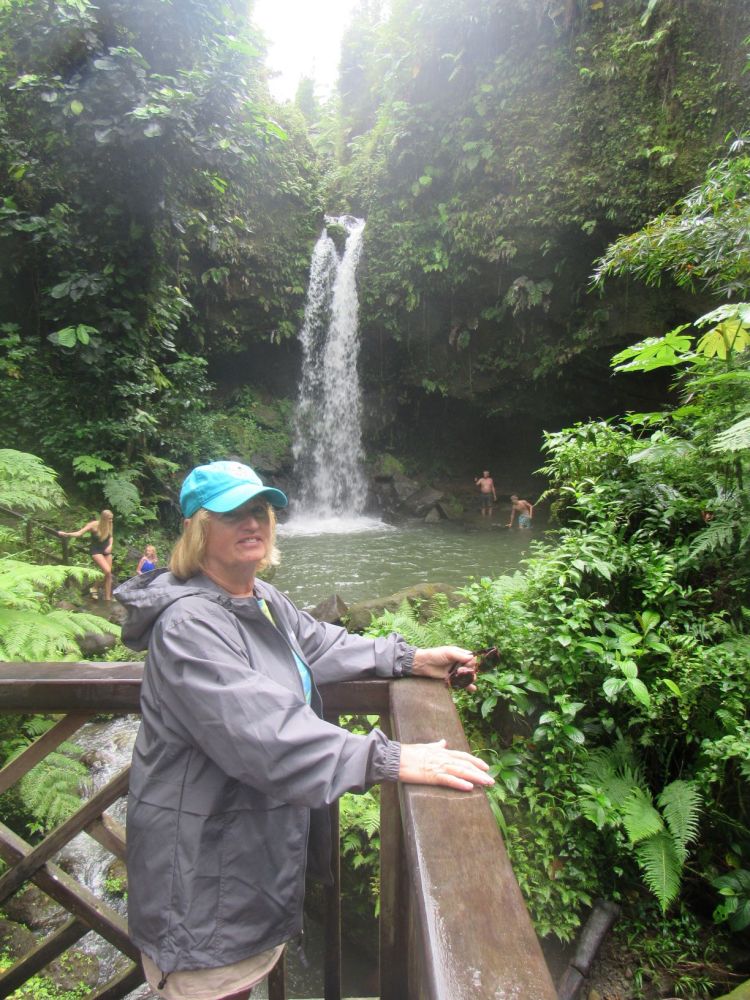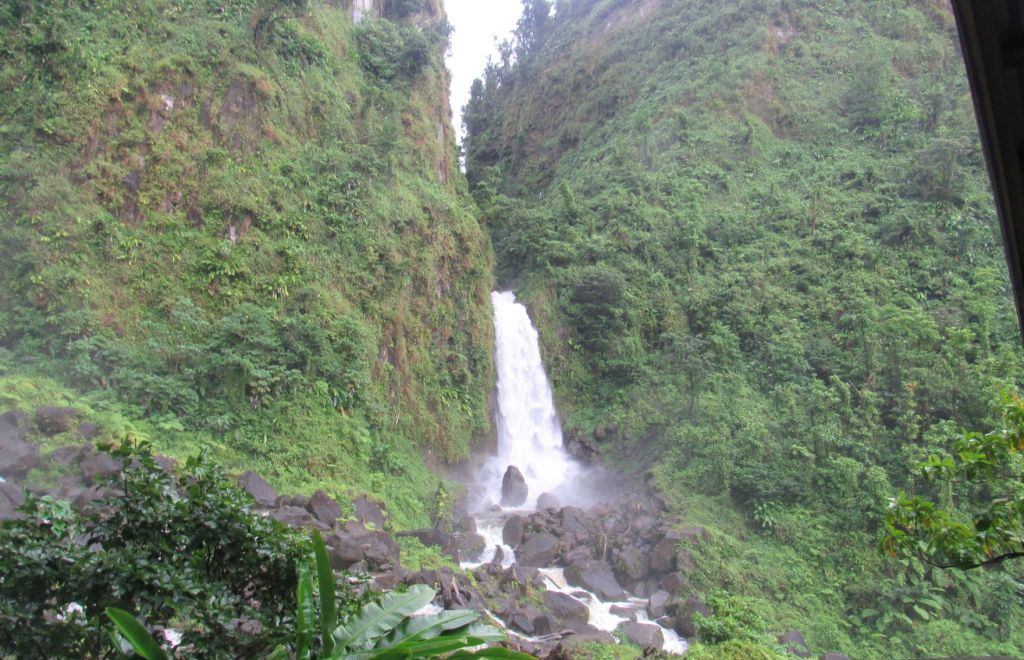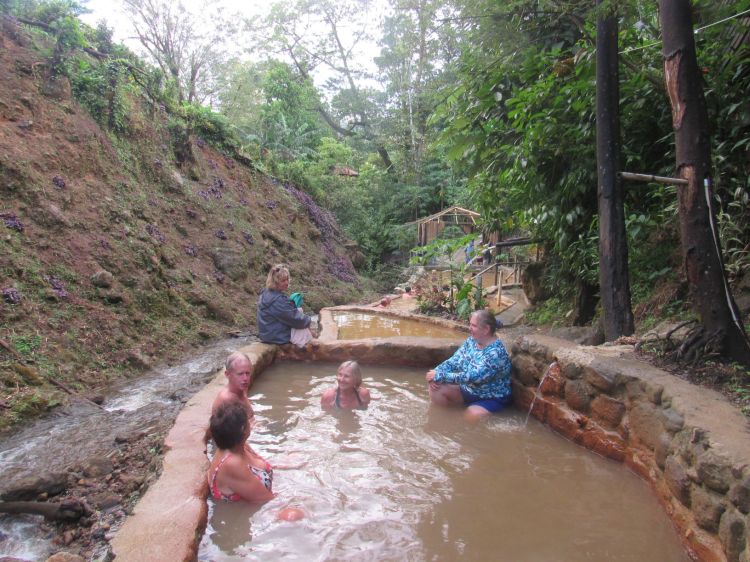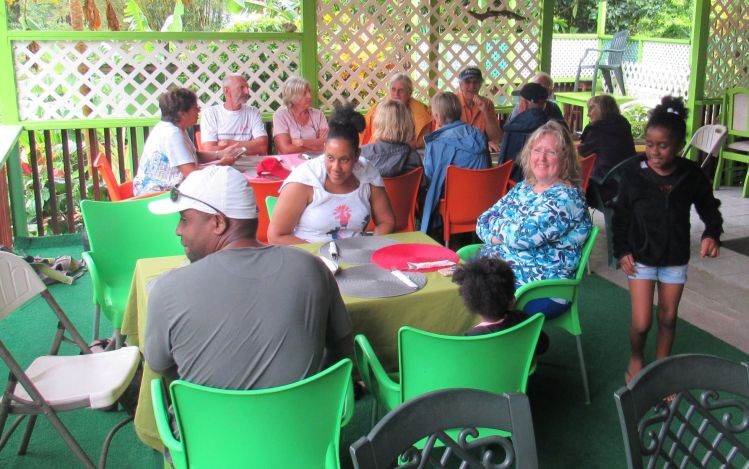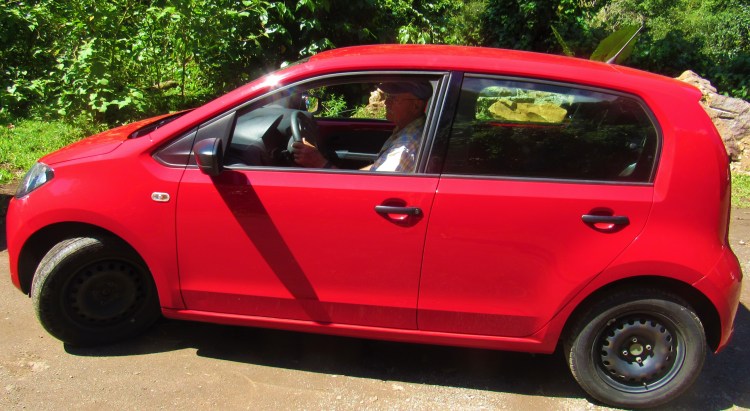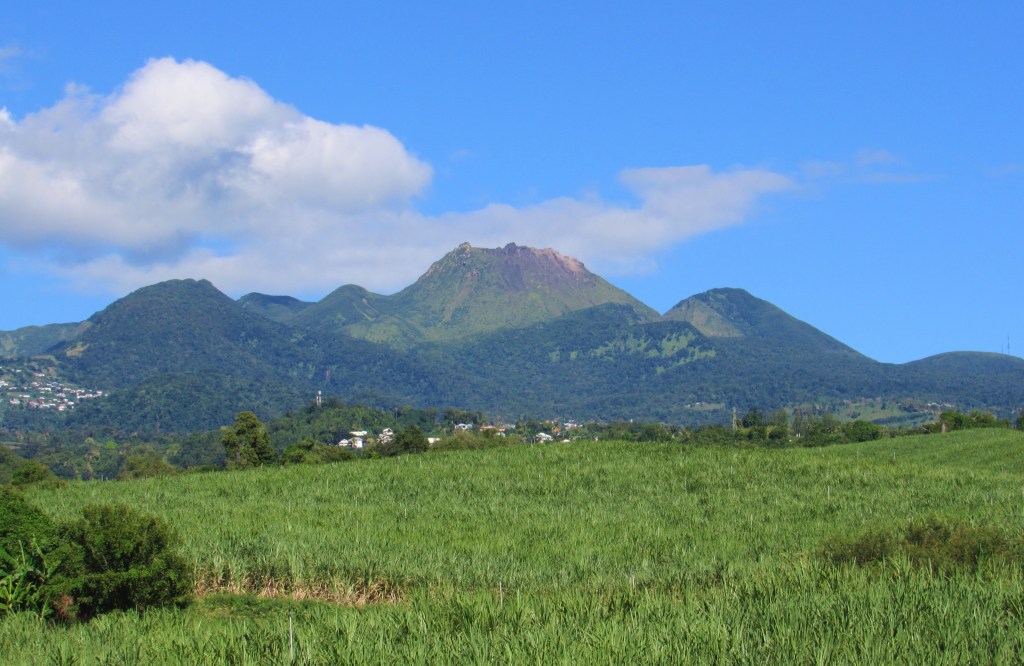We have been in St Lucia since March 2, almost six weeks. That is not unusual as we have spent similar times on other islands. The unusual part is that since March 20th (just when the engine work was completed) virtually all destinations had been shut down to help stop the spread of the pandemic. The only destination that remains open for us is the U.S. For a number of reasons, we are not considering that at this time. But like the rest of the world, it seems like life is on hold.

St Lucia just came out of a 7 day 24 hour/day curfew with all food stores and all business, restaurants etc.. closed. After this Easter weekend we’ll see how much reopens but expect that food stores with restricted hours and some takeout food will be available. Overnight curfew is still in effect as well as no social gatherings including beaches.
As written about in the last blog, it is that veneer of everyday life that is being removed. But underneath that veneer, the base of a working civilization is being revealed. The medical system is one part of that base and is looked upon for our survival. Maureen, a retired RN, knows full well the extreme stress that these frontline heroes face every day and how it will have a lasting impact on themselves and their patients.
Other workers are also part of that base. Police, firemen, farmers, and the whole food/utility/communication industries that can’t be put on hold or easily peeled away. Add other essential support systems that are invisible and you realize that if life was peeled away and the base put on hold, at best, utter chaos would ensue.
This gives hope to many that it is an opportunity to review what we, the society in general, really desires of society. Where are our priorities; what is important to our (societies) wellbeing? The cynical will always say, don’t let a good crisis go to waste. Is this the turning point in our society or do we only hope to return to “normal”?
The last major social turning point occurred after a catastrophe. The arc of history of the ever-increasing concentration of wealth was last disrupted by WWI and II. Society needed that almost 40-year break to allow the accumulated concentration of wealth to breakdown and to convince the populace that it doesn’t need to be that way. That excess is not necessary. We can decide to have a different future. And it worked for almost 2 generations until the arc of history resumed its economic historic self. Can a few months of a world-wide pandemic be another major turning point?
“Historical change stems from the interaction between, on the one hand, the short-term logic of political events and, on the other hand, the long-term logic of political ideologies. Evolving ideas are nothing, unless they lead to institutional experiments and practical demonstrations; ideas must first find their application in the heat of events, in social struggles, insurrections, and crisis. Conversely, political actors caught up in fast-moving events often have no choice but to draw on a repertoire of political and economic ideologies elaborated in the past. At times they may be able to invent new tools on the spur of the moment, but to do so takes time and a capacity for experimentation that are generally lacking” – Economist Thomas Piketty.
The virus itself is not an economic artifact but look at the economic impact. We can no longer put life on hold than to stop the sun from rising. The peeling away of life’s veneers can lay bare the structure of society. Is it what we think it can be? What we can do is act responsibly and thank those who can’t put life on hold. As far as a major turning point, it may be like the low ocean swell that, to the experienced mariner, foretells storms over the distance horizon and where long-term logic is called for.
